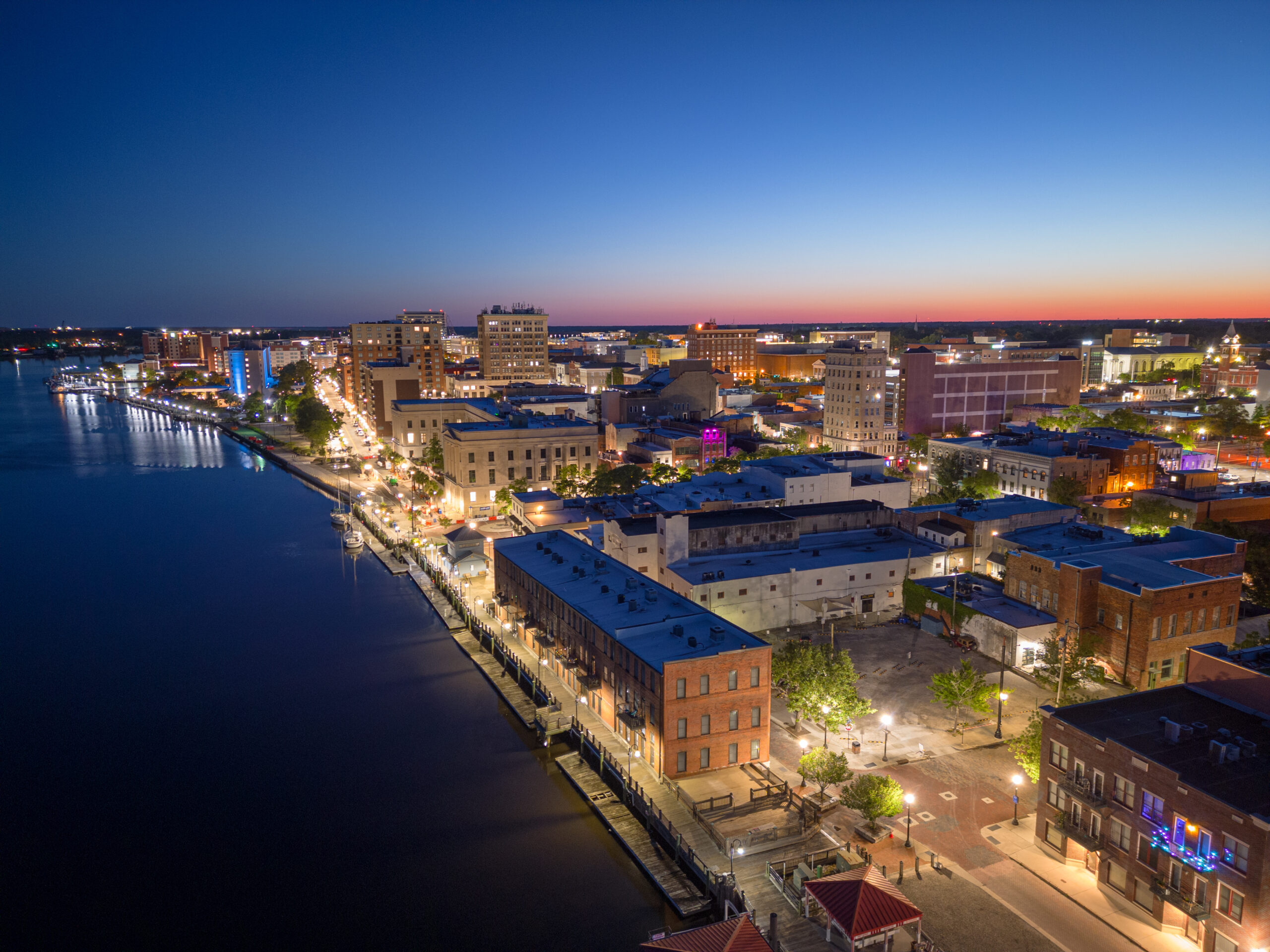
The construction industry in Wilmington, NC and Southeastern, NC continues to be highly active, although interest rate increases that began in 2022 have started to have their intended cooling effect on the market. The city and surrounding area are currently experiencing population growth, driving demand for new housing and commercial development. Additionally, as a major tourist destination, Wilmington is witnessing growth in the hospitality industry. However, these factors have led to a shortage of skilled labor in the construction industry, resulting in rising wages.
Key Trends in the Wilmington Construction Industry:
- Population growth: Wilmington’s population is growing at a rate of approximately 2% per year. This is attributed to the city’s mild climate, beautiful beaches, and strong economy.
- Demand for new housing: The increasing population is generating a need for new housing. In 2022, over 1,000 new homes were built in Wilmington, and this number is expected to rise further in the coming years.
- Growth in the hospitality industry: With close to $1billion in spending in 2022, Wilmington’s status as a major tourist destination is driving demand for new hotels, restaurants, and other hospitality businesses.
- Shortage of skilled labor: The rapid growth of the construction industry has outpaced the supply of skilled workers, leading to a shortage in the industry and subsequent wage increases.
Construction Costs Continue to Rise but at a Slower Pace. Factors Contributing to Rising Construction Costs in North Carolina:
- Rising material costs: Construction materials like lumber, steel, and copper have significantly increased in price due to factors such as the global supply chain crisis and the war in Ukraine.
- Labor shortages: The construction industry is facing a shortage of skilled labor due to factors such as the retirement of baby boomers and insufficient new entrants into the field.
- Increased demand: The demand for construction services has grown due to population growth, economic expansion, and the need for infrastructure repairs and updates.
Strategies to Manage Rising Construction Costs:
To address rising costs and mitigate associated risks, McKinley employs several strategies. These include early involvement in the design phase to prevent scope creep and stay within budget, exploring alternative materials or construction methods, and negotiating subcontractor proposals early. By implementing these strategies, McKinley aims to assist clients in managing construction costs effectively and obtaining the best value for their projects.
Industrial Development in Wilmington, NC:
Industrial development in Wilmington is experiencing a significant boom. The city’s population growth is driving demand for new industrial space, while its status as a major logistics hub with the bustling Port of Wilmington further fuels this demand. Consequently, there is currently a shortage of industrial space, leading to rising rents.
Key Trends in the Wilmington Industrial Development Market:
- Population growth: The rising population is generating increased demand for new industrial space. In 2022, Wilmington observed a record amount of absorbed industrial space, a trend expected to continue in the coming years.
- Growth in the logistics industry: With its strategic location and a busy port, Wilmington serves as a crucial logistics hub, attracting distribution centers and driving the demand for additional industrial space.
- Shortage of industrial space: The growth in the industrial development market is outpacing the supply of industrial space, resulting in a shortage within the city and subsequent rent increases.
- Other Factors Driving Industrial Development in Wilmington:
Apart from the key trends mentioned above, two additional factors contribute to the industrial development in Wilmington:
- The city’s strategic location: Situated at the intersection of major interstates like I-40, I-74, and in proximity to I-95, Wilmington offers a convenient location for businesses that need to ship goods to and from other parts of the country.
- The city’s relatively affordable cost of living: Wilmington is a relatively affordable city to live in. This makes it an attractive location for businesses that are looking to save money on labor costs.





























